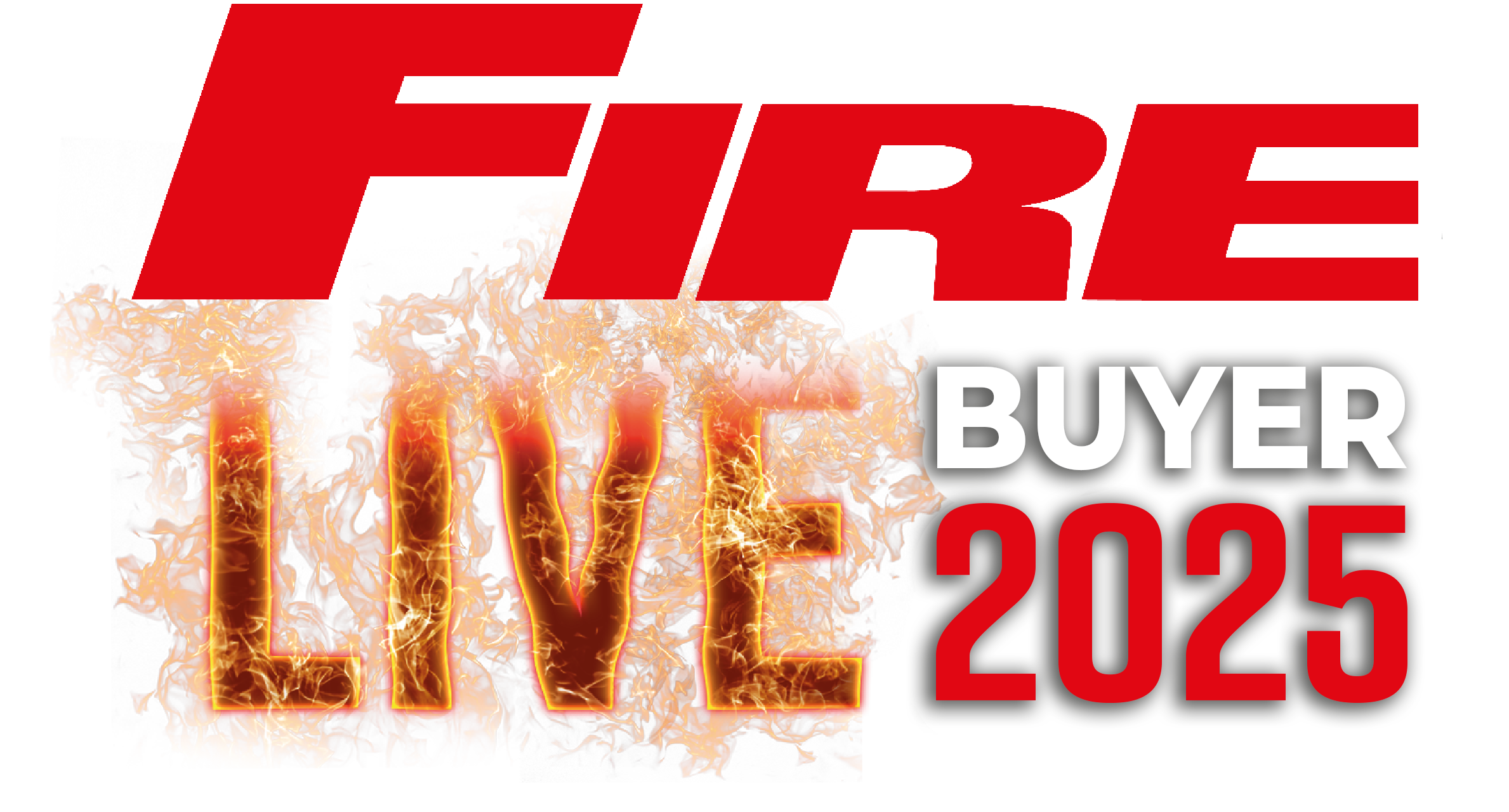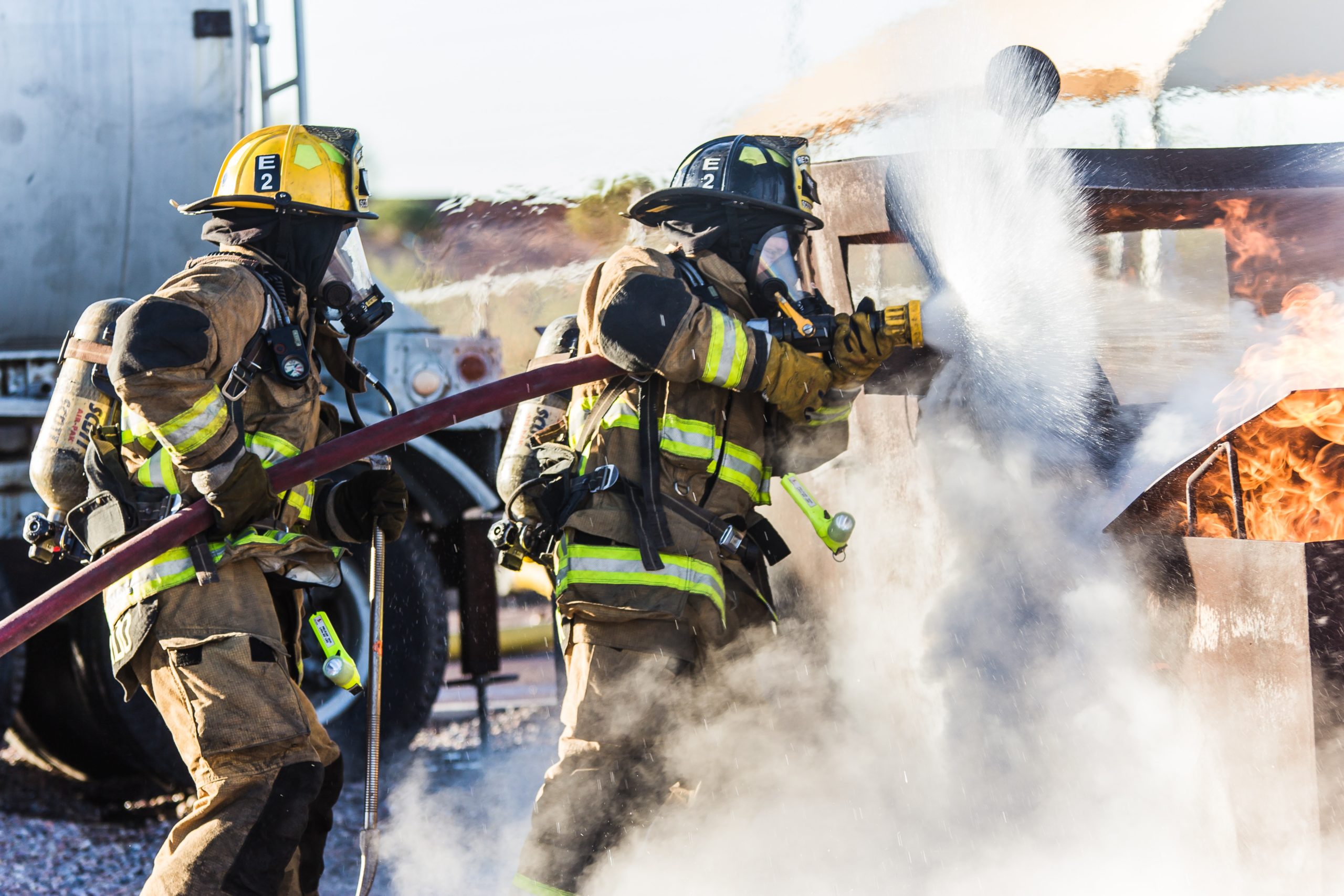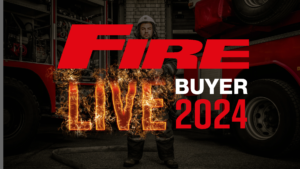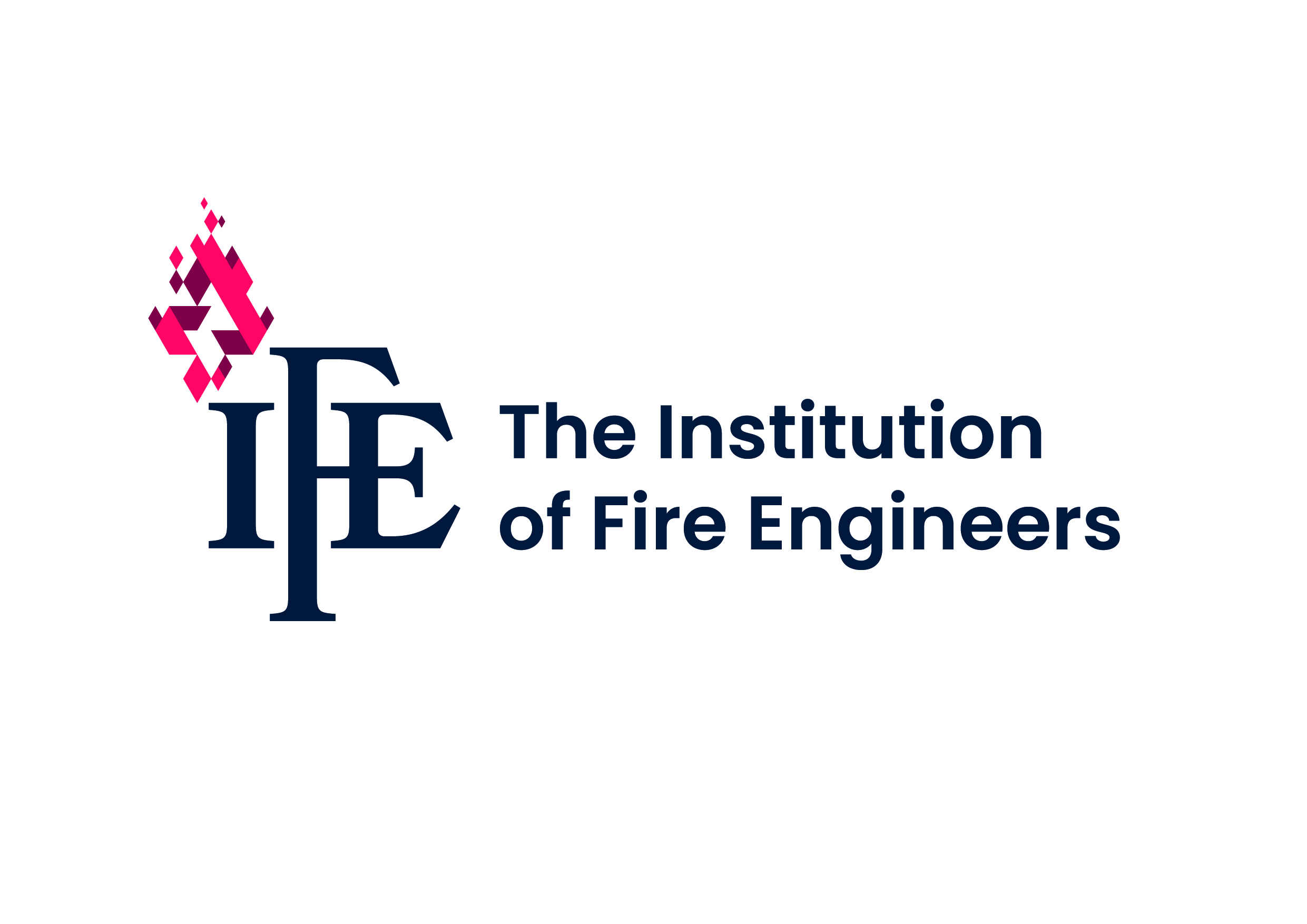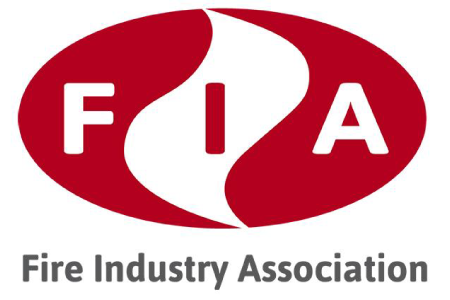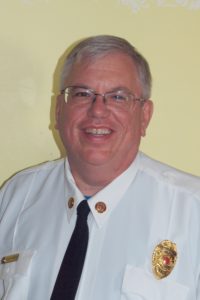
Steve Hirsch, Chair, NVFC talks to Fire Buyer about the importance of volunteers to the fire service, the recruitment process and breaking the stigma around mental health
The National Volunteer Fire Council (NVFC) is a nonprofit membership association representing the interests of the volunteer fire, EMS, and rescue services. The NVFC serves as the voice of the volunteer in the national arena and provides critical resources, programs, education and advocacy for first responders across the nation. The mission of the NVFC is to provide a unified voice for volunteer Fire/EMS organisations.
The NVFC accomplishes its mission and provides meaningful support to fire and EMS organisations through a wide range of services and programs including: representing the interests of the volunteer fire, emergency medical and rescue services in the U.S. Congress, federal agencies and national standards setting committees, focusing on health and safety, helping departments recruit and retain Fire Service and EMS/Rescue personnel, providing training on topics that matter (Fire Service and EMS/Rescue), assisting departments in establishing support programs and fostering the next generation of firefighters.
Rebecca Spayne, Fire Buyer Editor catches up with Steve Hirsch, Chair, NVFC to find out more about the association and the important work they do.
Could you explain a bit about what your organisation does?
The National Volunteer Fire Council (NVFC) represents the volunteer fire, emergency medical, and rescue services in the United States. We serve as the voice of the volunteer on Capitol Hill, in standards-setting committees, and in national work groups and advisory councils, as well as provide programs, resources and training to help the volunteer emergency services thrive.
Some of our groundbreaking programs include Make Me A Firefighter, which is a national volunteer fire service recruitment and retention campaign and Share the Load, which provides resources and tools to help responders dealing with behavioral health issues. We partner with corporations and other organisations to offer scholarship, grant and giveaway programs to support departments. Our Virtual Classroom has dozens of courses and webinars on topics of importance to the volunteer fire and emergency services. We are also the go-to source for information and resources to help fire department leaders and individual responders be at their best so they can protect their communities.
With the global pandemic, has it been difficult to recruit volunteers and have virtual tools helped?
Many volunteer fire departments were already struggling to recruit younger members into their ranks, and the global pandemic exacerbated some of the challenges. Younger residents have been moving out of smaller communities that need more volunteers, and longer commutes to work and less free time available have proven to be obstacles for departments. With the pandemic, you had the added challenges of not being able to hold recruitment events or conduct in-person training sessions the same way as before. In addition, some volunteer departments experienced staffing shortages due to members concerned about exposure to themselves or a high-risk family member, or due to employment related issues with their paying jobs.
However, the fire service is adaptable and was able to find innovative ways to meet the challenges. For instance, virtual training has become an important resource for volunteer departments during the pandemic. Departments were also able to use virtual open houses, community chats, information sessions, and social media to continue with recruitment. Orientation sessions and some components of basic training can also be done virtually. There were also areas of opportunity that arose in terms of recruitment, such as people having more free time since they were teleworking, college students being more available due to virtual learning, people being more aware of what the first responders in their communities do, and people looking for more ways to give back.
How important are volunteers to the firefighting industry in the US?
Volunteers are the backbone of the US fire service. These are neighbors helping neighbors on their worst day. 67% of US firefighters are volunteers, and the majority of US fire departments are all or mostly volunteers. Communities across the country depend on volunteers to be there for a variety of emergencies, such as house fires, wildfires, vehicle crashes, medical incidents, hazardous materials spills, natural disasters, and more. In addition, these volunteers make their communities safer through things like fire prevention education and preparedness initiatives.
Volunteer firefighters save US communities an estimated $46.9 billion per year. In many small-town and rural communities, having a paid firefighting force just isn’t an option.
The past year has highlighted the importance of understanding and tackling mental health. How does this impact first responders?
Mental health is just as important as physical health. Firefighters and EMS providers are exposed to trauma every day and are at risk of many behavioral health issues such as anxiety, depression, post-traumatic stress and addiction. In the US, more firefighters die from suicide each year than in the line of duty. Through our Share the Load program, the NVFC works to break the stigma around mental health, educate responders on warning signs to watch for, and provide resources to enable responders to get the help they need.
The NVFC celebrates its 45th anniversary this year. How did the organisation first start?
The first official board meeting of the NVFC took place on March 15, 1976. This meeting was the culmination of months of groundwork and discussions between state fire associations of the need for a national voice to represent volunteers at the federal level and in working with other national fire service organisations. The NVFC brought the specific needs of the volunteer fire service to the table. There are currently about 750,000 volunteer firefighters in the US, and the NVFC works every day to support them and make sure they have a voice.
Anything else to note?
I would encourage anyone wanting to learn more about the NVFC to visit www.nvfc.org. We have a lot of information and resources available on our web site. For those wanting to join, membership comes with an array of benefits, such as free training in our Virtual Classroom, access to our Volunteer Voices member community, and much more.
